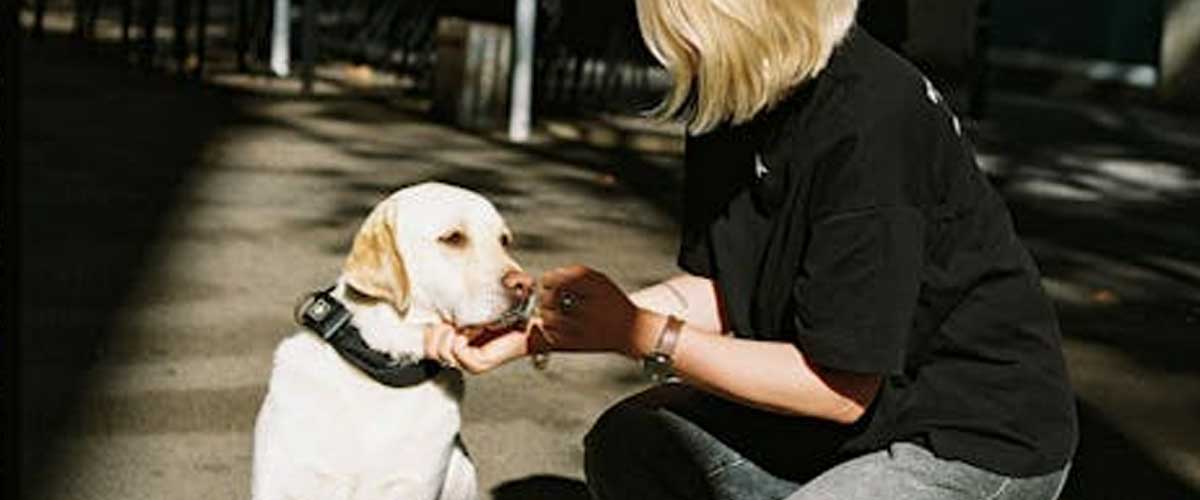Many dog owners face the challenge of managing a reactive dog—one that displays heightened responses to stimuli, particularly other dogs.
This reactivity can manifest in various ways, including barking, lunging, or even aggressive postures.
While group training classes are often recommended for socialization and obedience, they can sometimes prove overwhelming for dogs that are easily distracted or fearful.
The Dynamics of Reactivity
Reactive behavior can stem from various factors, including fear, frustration, or lack of proper socialization during critical developmental periods.
Understanding your dog’s triggers is essential. Common triggers include proximity to other dogs, loud noises, or unfamiliar environments.
When a dog reacts, it’s often a sign that it feels threatened or anxious, making it challenging for owners to manage them in public spaces or during training sessions.
The Role of Group Training Classes
Group training classes provide a structured environment where dogs can learn commands, socialize, and improve their overall behavior.
However, for reactive dogs, these classes can be counterproductive.
The presence of other dogs might increase stress levels, making it harder for them to focus on training.
For dogs that are easily distracted or fearful, these environments might not offer the support they need to thrive.
Alternative Training Solutions for Reactive Dogs
If your dog is reactive, easily distracted, or fearful, consider the following alternative training methods that may better suit their needs:
1. One-on-One Training:
Individual training sessions allow for a personalized approach.
A professional trainer can tailor lessons to your dog’s specific triggers and behavior patterns, helping them to gradually overcome their reactivity in a controlled environment.
2. Desensitization and Counter-Conditioning:
This approach involves exposing your dog to their triggers in a controlled manner at a distance that doesn’t provoke a reactive response.
Gradually decreasing the distance while pairing the trigger with positive experiences can help change your dog’s emotional response.
3. Positive Reinforcement:
Reinforce calm behavior with treats and praise.
This approach encourages your dog to associate other dogs with positive outcomes rather than fear or anxiety.
The key is to reward your dog for remaining calm when encountering a stimulus that typically triggers a reactive response.
4. Controlled Socialization:
Instead of group classes, arrange for controlled playdates with calm and well-socialized dogs.
This allows your dog to interact in a lower-stress environment where you can monitor their reactions and manage the situation.
5. Structured Outings:
Take your dog to less crowded environments where they can observe other dogs from a distance.
This builds confidence and reduces the likelihood of reactivity, as they learn to focus on you rather than their surroundings.
6. Clicker Training:
Using a clicker to mark desired behaviors helps reinforce good behavior in a clear and concise manner.
This method can be particularly effective for reactive dogs as it allows for immediate feedback.
7. Consulting a Behaviorist:
If your dog’s reactivity is severe, enlisting the help of a certified animal behaviorist can be beneficial.
They can assess your dog’s behavior and create a detailed training plan that addresses their unique needs.
Conclusion
Training a reactive dog can be a complex journey, but understanding your dog’s needs and choosing the right training methods can make all the difference.
While group classes might be suitable for some dogs, alternatives exist that prioritize your reactive dog’s comfort and safety.
With time, patience, and the right approach, you can help your dog build confidence and learn to navigate the world more comfortably.











